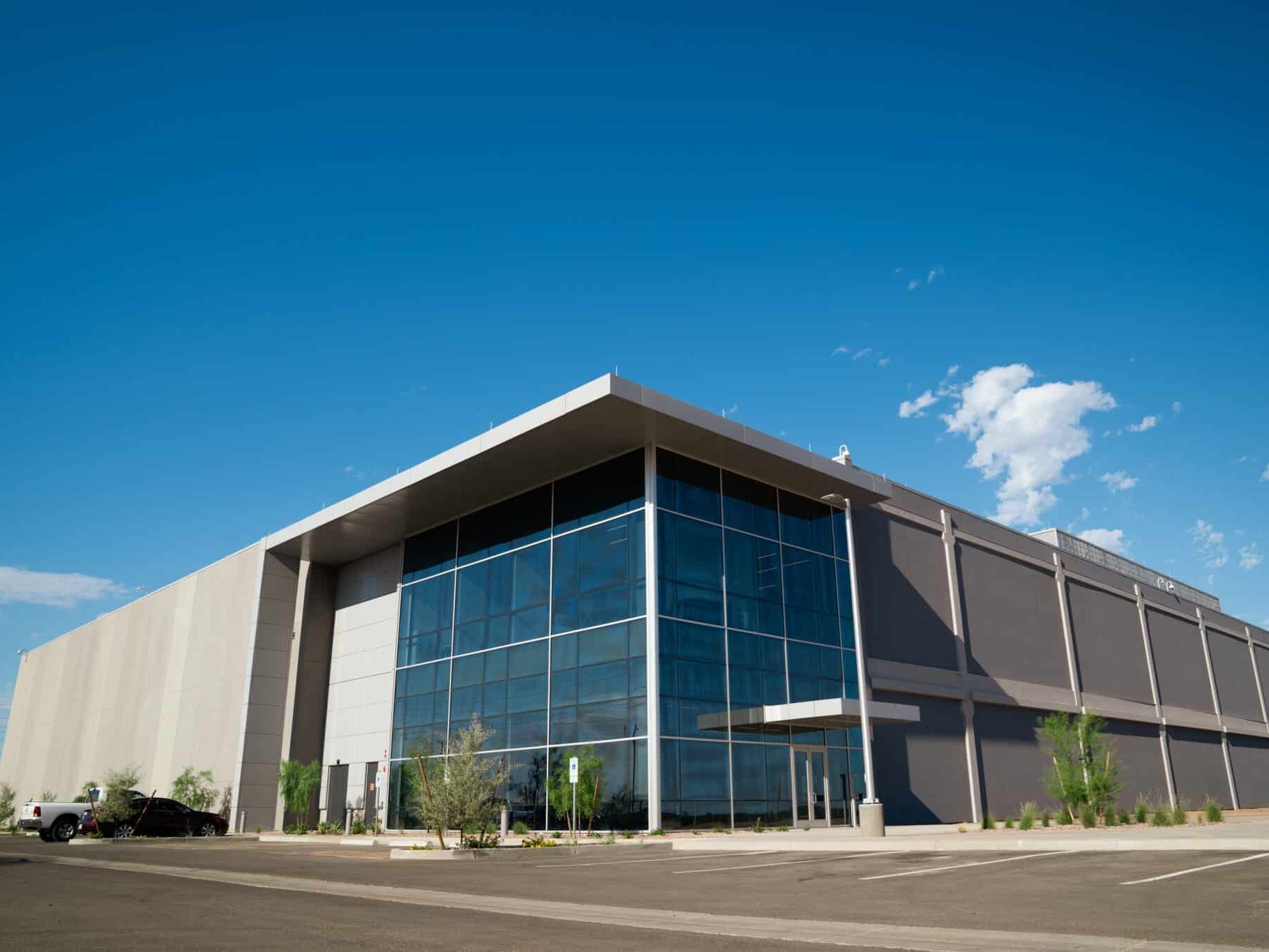Prologis, Blackstone Double Down on Data Centers, but Hurdles Remain
Amid a building boom, energy needs are stretching grids. How are top investors dealing with it?

What was once a niche real estate sector is now attracting billions from the largest names in the industry. And with the rapid expansion of the data center industry, energy needs are also growing exponentially. In fact, data center energy needs are bound to more than double by 2030.
Development activity is intense—according to a recent CommercialEdge report, some 27.4 million square feet of data center space was under construction as of April, with an additional 33.5 million square feet in planning stages. Institutional investors such as Prologis, Blackstone, DigitalBridge, EQT and KKR have been pouring billions into the sector for many years.
Of course, AI is a big part of the current boom, as the technology promises to upend most aspects of our lives. Whether these promises will come true or not is another story entirely, but what’s clear is that the frequency and amount of investments have been growing considerably lately.
A string of high-conviction deals
This year alone, Vantage Data Centers secured $6.4 billion in equity from its key investors, DigitalBridge and Silver Lake. The company also plans to leverage a sizeable land bank and spend another $30 billion over the coming years. EdgeCore secured $1.9 billion in green funding for a development in Mesa, Ariz., and in late 2023, Blackstone and Digital Realty formed a $7 billion venture to build more data centers across primary markets. Earlier, in 2021, Blackstone acquired QTS Realty Trust for $10 billion, marking the giant’s largest expansion toward data centers, and one of the largest such deals for the sector up until that point.
A Blackstone spokesperson told Commercial Property Executive that data centers now represent one of the highest conviction investment themes at the firm, with once-in-a-generation demand growth that is driven by AI and cloud adoption.

Another investment giant, Prologis—which has been active in the data center industry since 1999—ramped up its investments into the sector considerably. In the last quarter of 2023 alone, it started more than $500 million in new data center projects across the U.S. Moreover—while industrial real estate will remain its primary focus—Prologis expects to leverage its considerable land bank to pour up to $8 billion in additional investments and develop another 20 data centers over the next five years, according to the company’s Global Head of Data Centers Chris Curtis.
These are just some recent moves in the industry, among many others. And even though Julie Brewer, senior vice president of finance at EdgeCore, noted that the data center industry is very capital-intensive and liquidity is crucial, money will keep rolling in, with hopes that the most stringent issue will be solved: energy consumption.
Data center energy requirements strain the grid
Data centers consume an immense amount of power. To put this into perspective, a single hyperscale data center of 100 megawatts or more—the type used to power AI or other HPC applications—can consume enough energy in a year to power around 80,000 households, according to the U.S. Department of Energy. And this will only go up. Data center energy requirements are bound to double, according to a recent Newmark report, from 17 gigawatts in 2022 to 34 gigawatts by 2030.
The U.S. grid is split between 3,000 independent utilities. There’s plenty of supply, but one of the biggest challenges is bringing power—both conventional and from renewable sources—to where it’s needed, said CBRE Executive Managing Director & Global Head of Data Center Solutions Pat Lynch.

Between the 1970s and 2000s, power load growth was relatively flat and transmission infrastructure was not a priority. Today, the grids are trying to catch up and upgrade with new high voltage power lines, substations and electricity infrastructure, Lynch said.
In Northern Virginia, the largest data center market on the planet, provider Dominion Energy has connected 94 data centers with more than 4 gigawatts of capacity since 2019, according to its first-quarter earnings call. Another 15 data centers are expected this year, with individual facility demand ranging between 60 and 90 megawatts. Requests for very large facilities are also growing, ranging from 300 megawatts to several gigawatts.
But upgrading the grid takes time. Something that stakeholders in the sector can do now is seek alternative solutions. For example, Amazon recently purchased a nuclear-powered facility in Pennsylvania, where it aims to develop up to 960 megawatts of data center capacity. Although nuclear power is not exactly renewable, Lynch mentioned, it does not have the same emissions as coal or natural gas and is recognized by many executives as an important component for future demand.

Working to advance data center technology to achieve higher efficiencies will be of equal importance and energy efficiency is not just about electricity. Brewer believes that considering each region’s unique climate and geographic attributes is the first step to ensuring this efficiency in using energy and natural resources.
As an example, EdgeCore’s upcoming facility in Mesa will be water-neutral, keeping in mind the region’s water scarcity. Blackstone told CPE that virtually all of QTS’ designs from 2019 onward are also waterless.
Secondary, tertiary markets to see record growth
As primary markets continue to face unprecedented supply chain challenges driven by power capacity issues and land entitlement hurdles, interest in secondary and tertiary markets will expand rapidly, Brewer expects. Emerging markets—Mississippi, Wisconsin, Arkansas, Idaho, Indiana, to name a few—offer several advantages, including access to near-term power, supportive communities and local governments and the scale needed to plan services into the far future, she added.
Players are already making moves into these untapped markets—Microsoft plans to spend $3.3 billion in Southeast Wisconsin, aiming to transform it into a hub for AI-powered economic activity. Also, fifteenfortyseven Critical Systems Realty and Green Fig Land Co. unveiled a 2 million-square-foot campus in metro Philadelphia, while PowerHouse Data Centers closed on a site in Reno, Nev., marking its first project outside Northern Virginia, valued at $400 million.
Some potential downsides to these up-and-coming markets include constrained access to robust fiber infrastructure and a more limited pool of adequately trained personnel, according to Brewer.
But irrespective of where these investments are made, there are other businesses that will continue to push the data center industry to new highs. Cloud computing is also expected to continue to be a robust driver for the sector in the foreseeable future. In conjunction with AI initiatives, businesses keep modernizing their infrastructure and driving efficiency by leveraging information technology.
“IT used to be viewed only as an expense, while now it is viewed as an investment,” Lynch said. “For example, if you are launching a global software business, data center infrastructure is paramount to the success of your business. More data use creates the need for more data centers and digital infrastructure,” he added.







You must be logged in to post a comment.